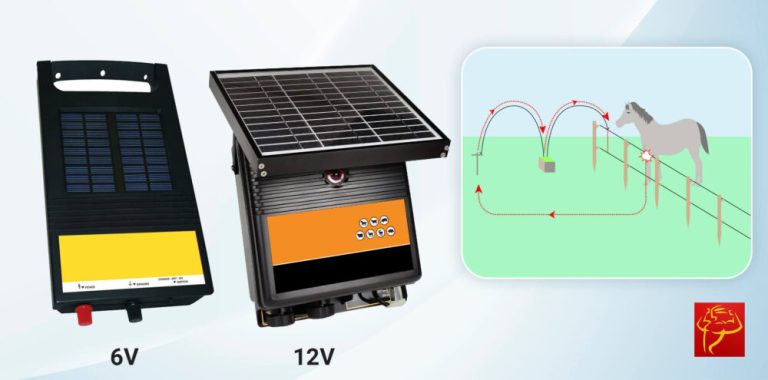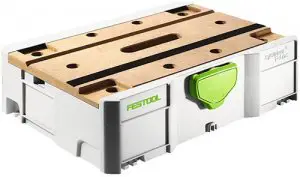Air Compressors Explained: Key Knowledge for Users
Air compressors are invaluable tools across various industries and DIY tasks, converting power into pressurized air for multiple applications. This article discusses the fundamental characteristics of air compressors, their uses, and their relevance in construction projects that involve geogrids.

What are the different types of air compressors?
The two main types are reciprocating (piston) compressors, which excel in high-pressure tasks for intermittent use, and rotary screw compressors, designed for continuous operation and reliable airflow.
How do I select the right air compressor for my projects?
Evaluate essential factors such as required air pressure (PSI), airflow rate (CFM), and the specific tools you will use. Ensure compatibility with any pneumatic applications, particularly in construction contexts.
Are air compressors useful in geogrid-related construction?
Absolutely! Air compressors are crucial for operating tools necessary for geogrid installation, ensuring effective and efficient application, especially in soil stabilization projects.
What maintenance should be performed on air compressors?
Regular maintenance includes changing oil, replacing filters, draining moisture, and checking hoses for leaks. Proper upkeep is vital for extending the life and performance of your compressor.
Air compressors are multi-functional tools that contribute significantly to various tasks, from minor home repairs to extensive construction efforts. By understanding their types, selection criteria, and maintenance needs, users can boost their effectiveness, particularly in tasks involving geogrids. A well-maintained air compressor enhances productivity and ensures high-quality results in soil stabilization projects.




